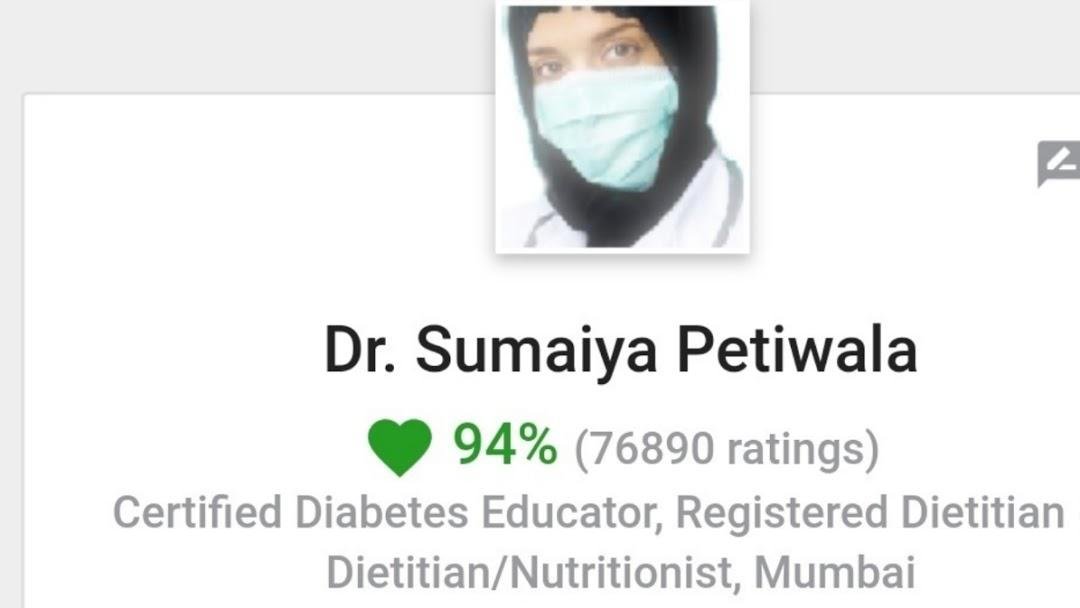The Indian Council of Medical Research (ICMR) National Institute of Nutrition (NIN) has updated the Dietary Guidelines for Indians in 2024. These guidelines are designed to promote health and prevent nutrition-related diseases. In this post, we will highlight the key and unique points from the guidelines.
Healthy Diet Plan for Weight Loss
Balanced Diet: The guidelines emphasize a balanced diet including cereals, pulses, vegetables, fruits, nuts, and seeds to provide necessary nutrients and energy (Page 15).
Portion Control: “Control portion sizes to maintain a healthy body weight.” This includes reducing the intake of high-calorie foods and increasing physical activity (Page 50).
Nutritional Guidelines for Diabetes Management
Low Glycemic Index Foods: The guidelines recommend consuming foods with a low glycemic index to manage blood sugar levels effectively. “Choose whole grains over refined grains” to maintain stable glucose levels (Page 25).
Fiber Intake: “Increase the intake of dietary fiber through vegetables, fruits, and whole grains” to improve glycemic control (Page 38).
Diet Plan for Pregnant Women
Increased Nutrient Needs: Pregnant women should ensure they get enough iron, folic acid, calcium, and protein. “Pregnant women should consume 400 ml of milk daily” for calcium and protein (Page 14).
Balanced Meals: “Include a variety of foods in the diet to meet increased nutritional needs during pregnancy” (Page 60).
Foods Rich in Iron and Protein
Iron-Rich Foods: The guidelines highlight foods such as green leafy vegetables, legumes, whole grains, nuts, and seeds as excellent sources of iron (Page 30).
Protein Sources: “Include pulses, legumes, milk, eggs, fish, and meat in the diet to meet protein requirements” (Page 20).
Daily Water Intake Recommendations
Hydration Guidelines: The guidelines recommend different water intake levels for various age groups, emphasizing the importance of staying hydrated. “Adults should drink at least 2.5 to 3 liters of water daily” (Page 65).
Low Carb Diet Plans
Carbohydrate Management: For those looking to reduce carb intake, the guidelines suggest, “Opt for whole grains and limit refined carbohydrates and sugary foods” (Page 17).
Dietary Fiber Sources
Fiber Importance: “Dietary fiber should be obtained from whole grains, fruits, vegetables, legumes, nuts, and seeds” to promote digestive health and prevent chronic diseases (Page 23).
Balanced Diet Chart for Children
Children’s Nutrition: The guidelines provide specific dietary recommendations for different age groups to ensure proper growth and development. “Children aged 1-3 years should have a diet that includes cereals, pulses, milk, fruits, and vegetables” (Page 43).
Vitamin D Rich Foods
Sources of Vitamin D: To combat vitamin D deficiency, the guidelines recommend “exposure to sunlight and consumption of foods like fish liver oils, fatty fish, egg yolks, and fortified foods” (Page 35).
Benefits of Intermittent Fasting
Intermittent Fasting: Although not explicitly covered, the principles of balanced nutrition can be applied to various dietary patterns, including intermittent fasting. “Ensure nutrient-dense meals during eating windows” for those practicing intermittent fasting.
Conclusion
The Dietary Guidelines for Indians 2024 provide comprehensive advice to improve overall health through balanced nutrition and lifestyle choices. Whether you are managing a health condition like diabetes, looking to improve your dietary habits, or seeking a balanced diet for your children, these guidelines offer valuable insights. For personalized dietary advice, consult Dr. Sumaiya Petiwala at Dr. Sumaiya’s NutriCare Clinic.



